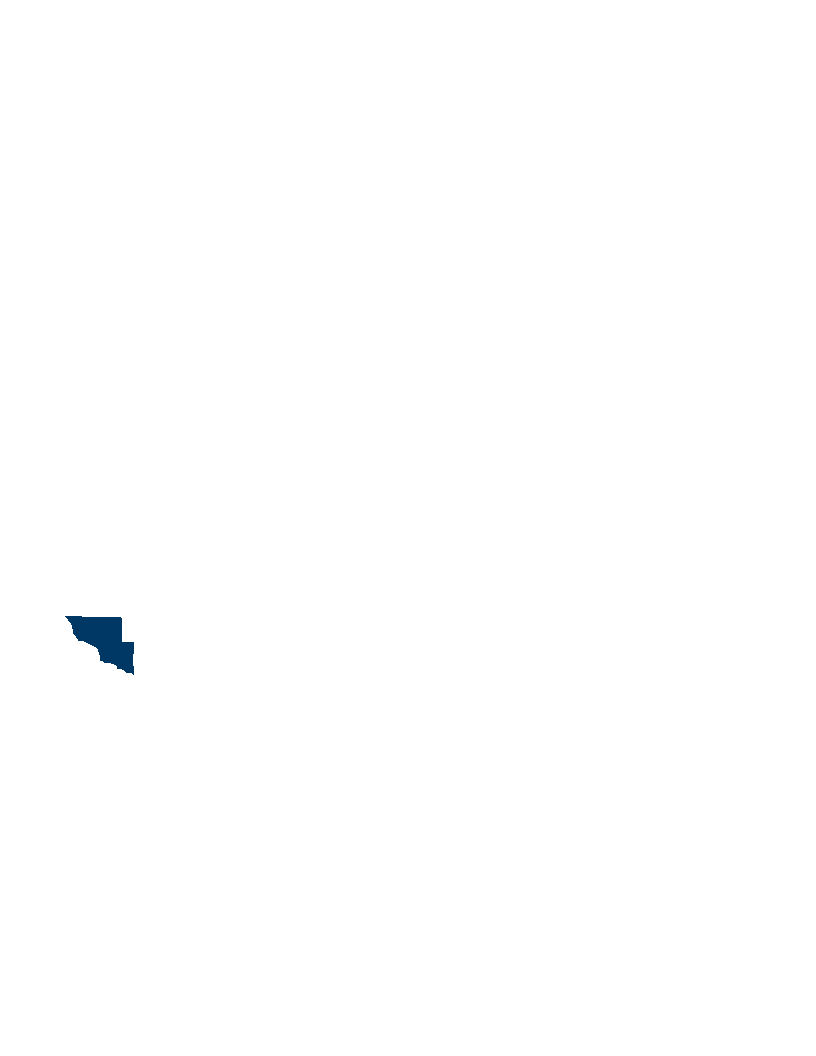DNR Grassland Phase XIII
Grasslands continue to be the most threatened habitat in the state. This programmatic request will build on the DNR's history of enhancing and restoring grasslands, embedded wetlands, and oak savannas to increase wildlife populations. The Prairie Plan, Pheasant Plan, and Wildlife Action Plan will guide our efforts to ensure we are operating in a strategic and targeted manner. This proposal will enhance and restore grasslands on parcels that are permanently protected and most open to public hunting, including DNR WMAs, SNAs, AMAs, Native Prairie Bank (NPB) easements, State Forests, as well as federal WPAs and NWRs.
In many farmland counties less than five percent of the area is in public wildlife lands, often much less. We continue to lose about 200 acres of native prairie per year. While Minnesota does have acres enrolled in CRP as well as state programs such as RIM and CREP, there is still very little grassland left in many counties of the state. As such, we need to make sure the remaining grasslands, especially those open to public recreation are as diverse and productive as possible. These lands provide wildlife habitat as well as
Wildlife and pollinator populations are a fraction of what they were even a decade ago. Water quality, especially nitrate contamination, is a human health and wildlife issue. Restoring and enhancing grasslands are one of the most effective ways to improve all of these issues. Grassland and wetland restoration and enhancement, carefully guided by planning, is one of the best ways to address many of these issues.
This programmatic request seeks funding to enhance grassland habitat on permanently protected grasslands and prairies, most of which are open to public hunting. Without periodic management to simulate historical disturbance patterns, grassland lose diversity and productivity. Invasive species may increase and woody vegetation will encroach into the grasslands, changing their very character and the species that inhabit the area. The activities listed in this proposal will use BMPs for grassland enhancement and diverse local ecotype seed mixes for restoration.
This request is part of larger efforts among the grassland community. For instance, in July 2020, multiple partners worked together to submit a SAFE (State Acre For wildlife Enhancement) to FSA to boost CRP acres in Minnesota.
$3,534,000 the first year is to the commissioner of natural resources to accelerate the restoration and enhancement of prairies, grasslands, and savannas in wildlife management areas, in scientific and natural areas, in aquatic management areas, on lands in the native prairie bank, in bluff prairies on state forest land in southeastern Minnesota, and in waterfowl production areas and refuge lands of the United States Fish and Wildlife Service. A list of proposed land restorations and enhancements must be provided as part of the required accomplishment plan.
Healthy populations of endangered, threatened, and special concern species as well as more common species - Monitoring will take place with the base level monitoring conducted by DNR staff and staff from other agencies/NGOs. This includes surveys such as pheasant, sharp-tailed grouse, and woodcock, which are all dependent on open areas.
Protected, restored, and enhanced nesting and migratory habitat for waterfowl, upland birds, and species of greatest conservation need - Migratory game and non-game birds will be some of the primary beneficiaries of this work. We hope to continue to strengthen partnerships with the University of Minnesota to incorporate graduate students into research and monitoring work.
Core areas protected with highly biologically diverse wetlands and plant communities, including native prairie, Big Woods, and oak savanna - Monitoring will take place with the base level monitoring conducted by DNR staff and staff from other agencies/NGOs.
Healthier populations of endangered, threatened, and special concern species as well as more common species - Monitoring will primarily be done through studies conducted by the DNR's Ecological and Water Resources Division of key indicator species such as timber rattlesnakes.
Restored and enhanced upland habitats - The multi-agency/NGO Grassland Monitoring Team (GMT) has developed standardized protocols for sampling grassland vegetation and a number of the sites on this request will be sampled over the 5 year period
















































